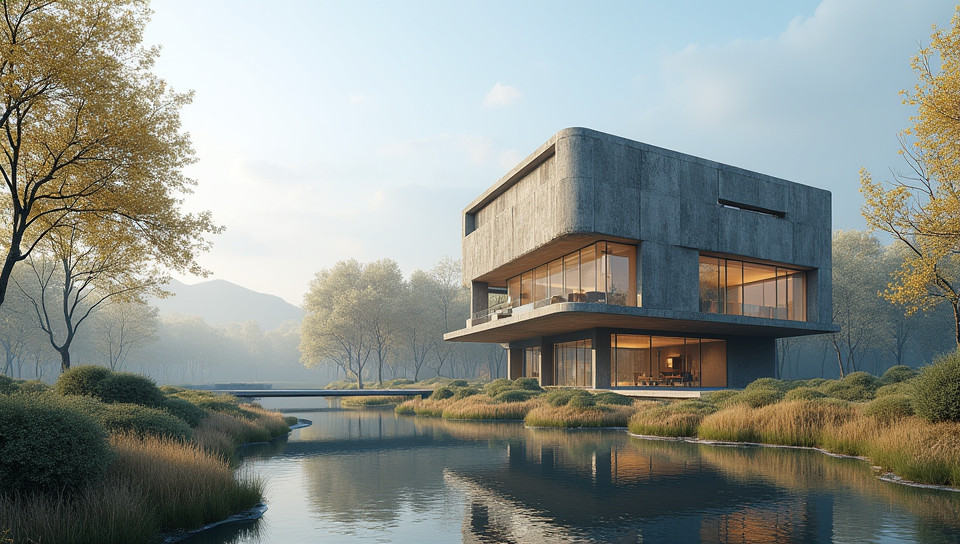Buildings with this status require minimal external energy 82%

Zero-Energy Buildings: The Future of Sustainable Architecture
As we continue to grapple with the challenges of climate change, energy efficiency has become a pressing concern for architects and builders around the world. One solution that's gaining traction is zero-energy buildings (ZEBs). These structures are designed to produce as much energy as they consume over the course of a year, using a combination of on-site renewable energy sources and advanced building technologies.
What are Zero-Energy Buildings?
Zero-energy buildings are not simply a pipe dream; they're a reality that's being implemented in countries around the world. In fact, many European cities have set ambitious targets to build ZEBs, with some already achieving remarkable results.
Benefits of Zero-Energy Buildings
- Energy efficiency
- Reduced greenhouse gas emissions
- Improved indoor air quality
- Enhanced occupant health and productivity
- Increased property value
Designing for Net-Zero Energy
To achieve zero-energy status, buildings must be designed from the ground up with sustainability in mind. This includes:
- Carefully selecting building materials and systems that minimize waste and energy consumption
- Implementing advanced insulation and air-tightness measures to reduce heat loss and gain
- Integrating on-site renewable energy sources, such as solar panels or wind turbines
- Using smart building technologies to optimize energy usage and predict energy demand
The Future of Zero-Energy Buildings
As technology continues to advance and costs decrease, the prospect of widespread adoption of zero-energy buildings becomes increasingly viable. Governments around the world are beginning to take notice, offering incentives and policies to encourage the development of ZEBs.
Conclusion
Zero-energy buildings represent a significant shift in the way we design and build structures, prioritizing sustainability and energy efficiency above all else. As the world continues to grapple with climate change, it's clear that this is a trend that's here to stay – and one that will have far-reaching implications for architects, builders, and occupants alike. By embracing zero-energy building principles, we can create healthier, more productive environments while reducing our carbon footprint and contributing to a more sustainable future.
- Created by: Angela Francisco
- Created at: Jan. 28, 2025, 11:07 a.m.
- ID: 19298









